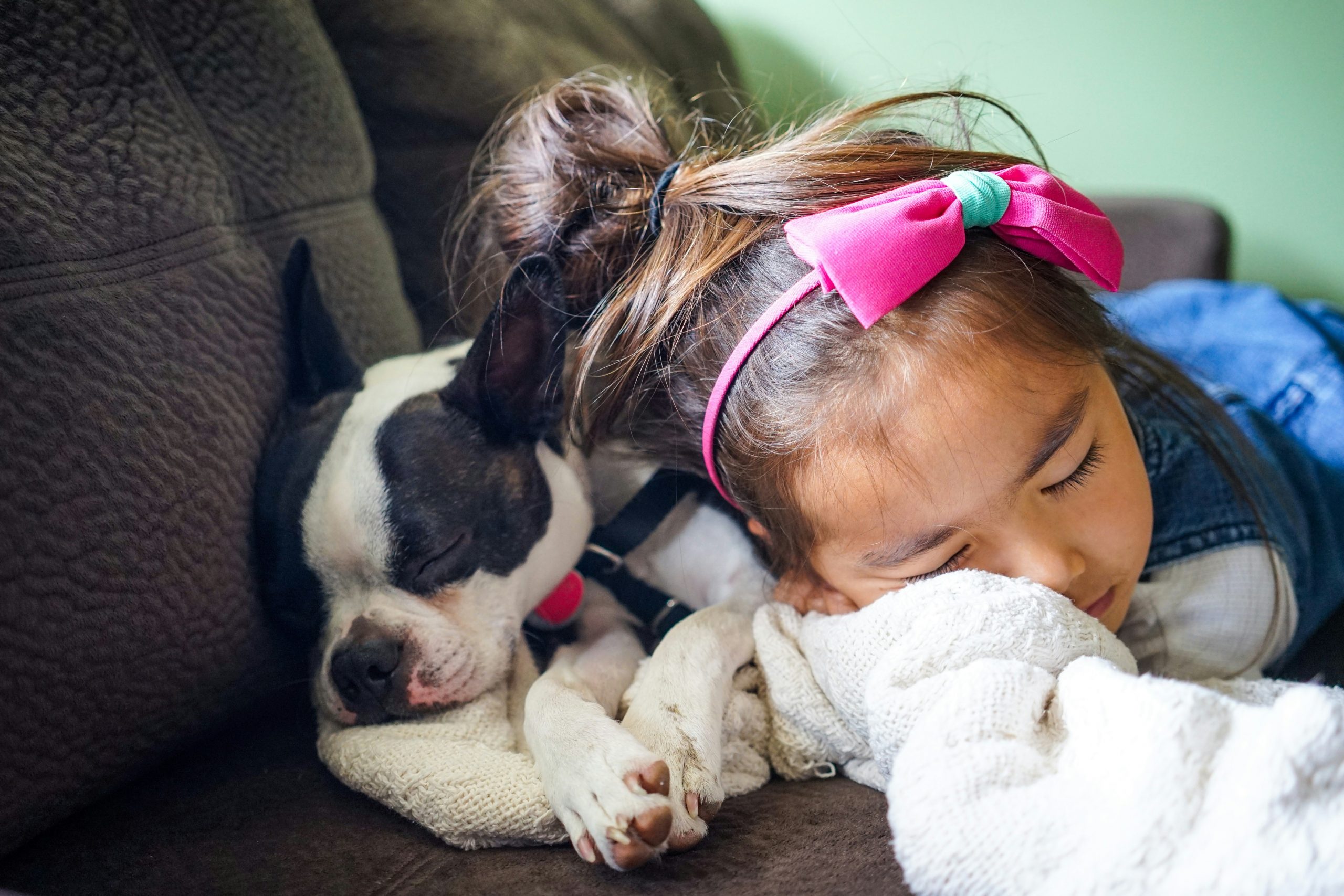
Introducing children to healthy eating is often seen as a challenging task, especially in a world saturated with fast food and processed snacks. Traditional approaches, which rely on verbal instructions or strict rules, often fail to spark curiosity or sustain long-term interest. However, integrating playful activities into cooking and meal preparation provides an effective, enjoyable way to educate children about nutrition while nurturing creativity, coordination, and critical thinking. By treating the kitchen as a space for exploration, imagination, and sensory experiences, parents and educators can foster habits that promote lifelong health and a positive relationship with food.
Children are naturally drawn to play, and this inclination can be harnessed to make cooking engaging. Simple tasks like sorting vegetables by color, arranging fruit on a plate in visually appealing patterns, or pretending to run a restaurant allow children to learn through doing. These activities introduce them to the basic concepts of nutrition without turning mealtime into a chore. Moreover, incorporating imaginative elements, such as creating a themed dish inspired by a story or pretending to be a chef on television, encourages storytelling and role play, which develops both social and cognitive skills. By turning cooking into a playful experience, children are more likely to explore new ingredients, ask questions, and experiment with flavors.
The Power of Color and Sensory Engagement
An essential aspect of playful cooking is the use of color, texture, and presentation to capture children’s attention. Bright vegetables like red bell peppers, orange carrots, and green broccoli can be sorted or arranged into patterns that visually stimulate the child while also teaching color recognition and categorization. Children can also participate in decorating plates, arranging ingredients to create “rainbows,” smiley faces, or other fun designs. These activities engage fine motor skills and hand-eye coordination, while simultaneously cultivating an understanding of nutritional balance. For older children, the opportunity to combine colors and shapes creatively helps develop planning and artistic expression, turning a simple snack into a small creative project.
Hands-on engagement also supports cognitive and emotional development. Following recipes, measuring ingredients, or timing cooking tasks teaches children about sequencing, cause and effect, and time management. When children experiment with seasoning or flavor combinations, they develop critical thinking and decision-making skills. Sensory exploration—touching dough, smelling herbs, or tasting raw versus cooked vegetables—encourages curiosity and mindfulness, connecting the senses directly with learning about food. Furthermore, these experiences build confidence, independence, and a sense of accomplishment, reinforcing positive attitudes toward learning and trying new things.
Collaborative and Creative Learning
Parents can further enhance the playful learning experience by incorporating challenges, games, and collaborative activities. For younger children, simple games like an ingredient scavenger hunt, sorting vegetables into color-coded bowls, or racing to complete simple preparation steps can instill teamwork and focus. Older children might enjoy themed challenges, such as designing a “space pizza” or creating a meal inspired by a favorite story or cultural tradition. Encouraging children to explain their choices, describe the flavors, or present their creations to the family develops communication skills and self-expression. These collaborative approaches foster social interaction, empathy, and shared responsibility, creating a positive and motivating environment.
In addition to fostering creativity and cognitive skills, playful cooking activities can help instill a sense of nutritional literacy. When children are involved in the selection, preparation, and presentation of food, they gain a better understanding of the components of a balanced diet. For example, sorting foods into categories such as proteins, carbohydrates, fruits, and vegetables, or learning about seasonal produce, connects abstract nutritional concepts with real-life application. Children who understand why they include certain foods in their meals are more likely to make healthier choices independently, reinforcing sustainable eating habits.
Practical Guide to Age-Appropriate Playful Cooking
The following table offers a practical guide to age-appropriate playful cooking activities, illustrating how these tasks can support developmental skills while maintaining an element of fun:
| Age Group | Playful Task Example | Learning Outcome |
|---|---|---|
| 2–4 years | Sorting vegetables by color into bowls | Color recognition, categorization, fine motor skills |
| Pretend “chef hats” and “kitchen stations” | Imaginative play, role understanding, following simple steps | |
| 5–7 years | Build a “fruit rainbow” plate | Creativity, visual design, tasting new fruits |
| Time-limited “ingredient race” (who adds all ingredients first) | Coordination, focus, teamwork | |
| 8–11 years | Create a themed dish (e.g., “space pizza”) | Storytelling, planning, critical thinking |
| Experiment with seasoning combinations | Decision making, understanding flavor profiles | |
| 12+ years | Design a full meal plan for the week | Strategic planning, nutrition awareness, responsibility |
| Host a mini “cooking show” for family | Communication skills, confidence, presentation skills |
As demonstrated in the table, tasks can be adapted to the child’s age and developmental stage, allowing for progressive skill building. Younger children benefit from sensory exploration and basic sorting tasks, while older children gain opportunities to plan, execute, and reflect on their cooking projects. For teenagers, cooking can even serve as a foundation for developing independence, financial literacy, and time management, as they begin to contribute meaningfully to family meals or organize their own meal plans.
Introducing playful moments in cooking also allows parents to cultivate curiosity and scientific thinking. Children can experiment with how ingredients interact—observing how baking soda reacts with vinegar or seeing how heat transforms raw vegetables into edible dishes. These small experiments spark inquiry and demonstrate basic scientific principles, linking the kitchen to practical, experiential learning. Children develop observational skills, hypothesis formation, and testing, which are transferable to other academic subjects.
Furthermore, the social component of playful cooking is vital. Sharing tasks, discussing preferences, and evaluating dishes together creates opportunities for children to develop empathy, compromise, and cooperation. Even small disagreements, such as who gets to stir or arrange ingredients, provide occasions for problem-solving and negotiation. These experiences teach children to work within a group while maintaining their individuality and creativity.
Technology can also be integrated into playful learning. Interactive apps, video tutorials, and kid-friendly recipe platforms allow children to engage with digital learning tools, combining screen time with practical skills. Parents can select educational cooking apps that encourage step-by-step participation, nutritional understanding, and interactive feedback, making digital tools an extension of the kitchen classroom rather than a passive distraction.
In conclusion, transforming the process of cooking into a playful, exploratory, and educational activity offers multiple benefits. By incorporating imagination, color, sensory exploration, collaboration, and mild challenges, parents can teach children essential life skills while fostering a positive relationship with healthy food. Playful cooking activities engage cognitive, social, emotional, and practical abilities, ensuring that children are not only learning about nutrition but also developing creativity, problem-solving, and self-confidence. Introducing age-appropriate tasks, encouraging experimentation, and integrating stories or themes enhances motivation and enjoyment. Over time, these habits cultivate autonomy, curiosity, and nutritional literacy, preparing children to make informed choices about their health and well-being. By emphasizing the joy of discovery alongside education, the kitchen becomes not just a place for meals but a vibrant environment for learning, growth, and family connection.

